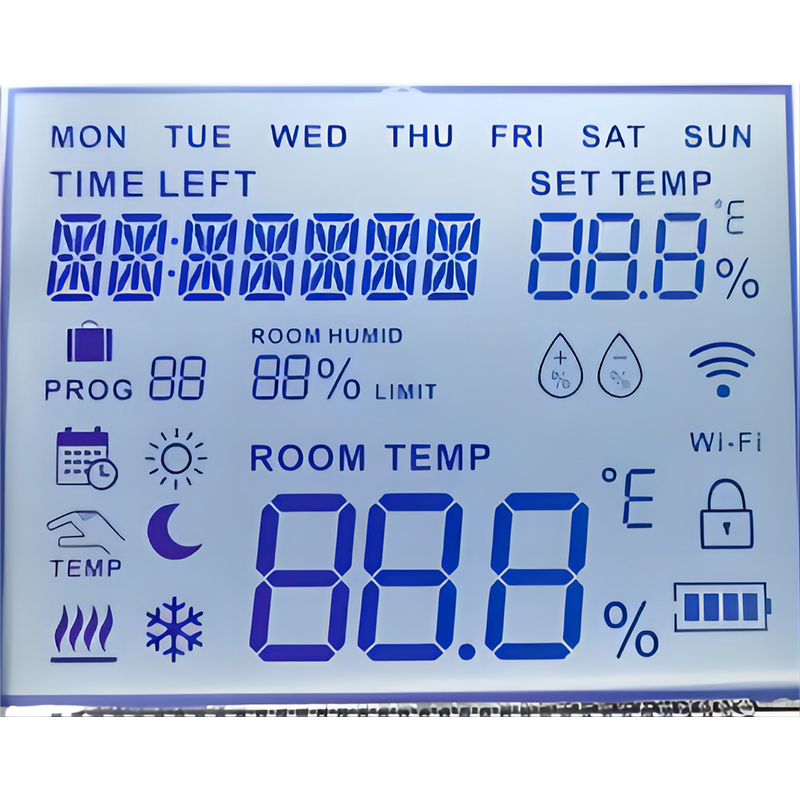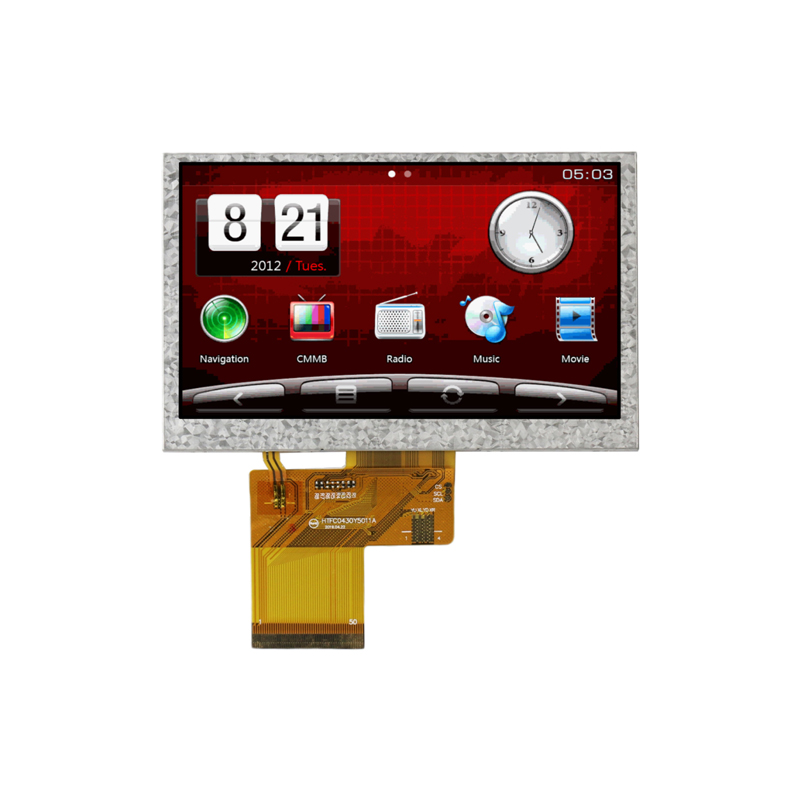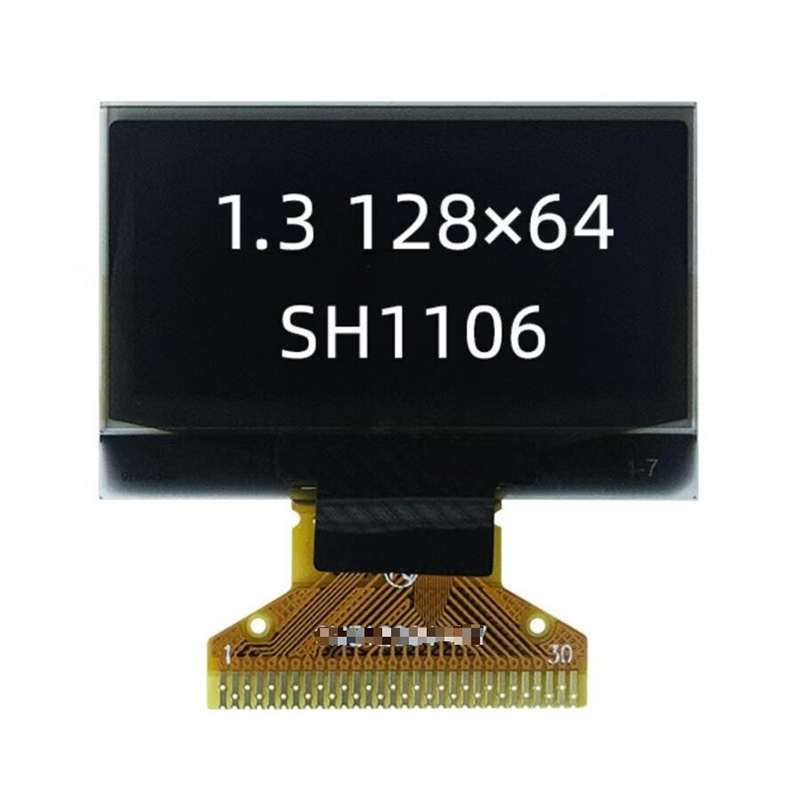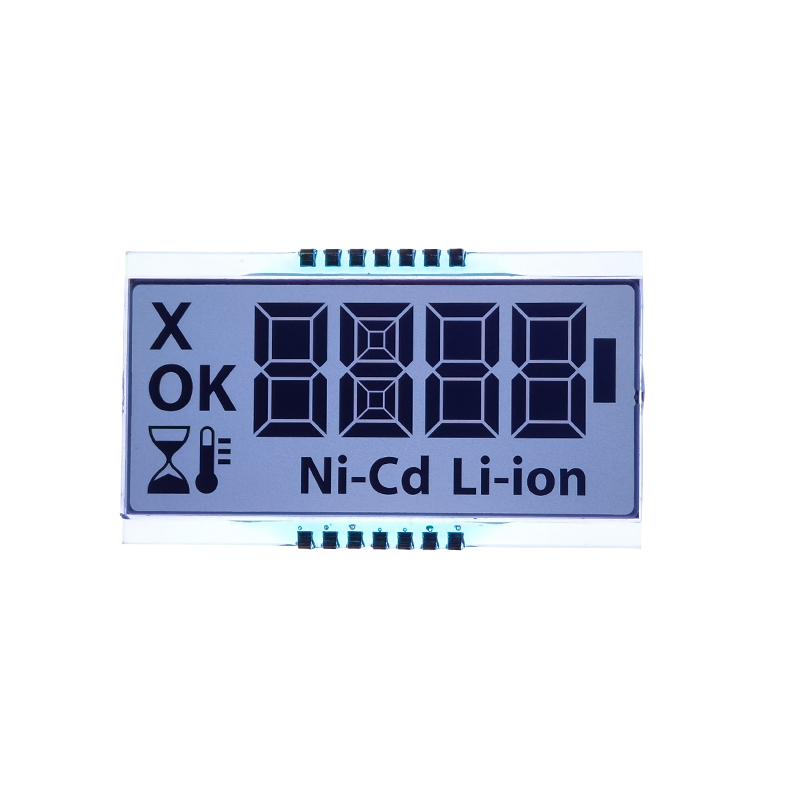
This comprehensive guide explores the world of programmable dot matrix displays, covering their functionalities, applications, selection criteria, and integration techniques. Learn how these versatile displays are used across various industries and discover the key factors to consider when choosing the right one for your project. From understanding basic principles to advanced applications, this resource provides a practical and in-depth overview.
A programmable dot matrix display is a type of electronic display that uses a matrix of LEDs, LCDs, or other light-emitting elements to create text and graphics. Unlike fixed-message displays, these displays can be programmed to show dynamic information, making them highly versatile. The programmable aspect refers to the ability to control the individual elements within the matrix, allowing for customized outputs. This control is typically achieved through microcontrollers or dedicated display controllers. The resolution and size of the display vary considerably, offering options suitable for various applications.
Several types of programmable dot matrix displays exist, each with unique characteristics:
When selecting a programmable dot matrix display, consider the following key specifications:
Programmable dot matrix displays find widespread use in industrial settings for various applications, including:
In consumer electronics, these displays are used for:
Beyond industrial and consumer applications, programmable dot matrix displays are also employed in:
Selecting the optimal programmable dot matrix display requires careful consideration of various factors. The key is to align the display's capabilities with the specific needs of your application. Key factors include desired resolution, size, brightness, power consumption, interface compatibility, and operating temperature range. For more detailed specifications and a wider selection of displays, you may wish to explore specialized suppliers. One example is Dalian Eastern Display Co., Ltd., which offers a range of high-quality options. Their expertise ensures you find the ideal solution for your project.
Programmable dot matrix displays represent a versatile and cost-effective solution for various information display needs. By understanding the different types, specifications, and applications, you can make an informed decision when selecting the right display for your specific project requirements. Remember to always consider the long-term implications, including factors like maintainability and lifespan, to ensure a successful implementation.












